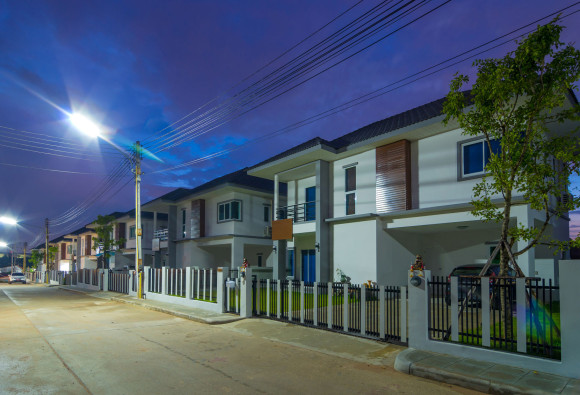The Massachusetts Property Insurance Underwriting Association (MPIUA) — also known as the Massachusetts FAIR Plan — has expanded to include the writing of dwelling liability coverage, effective Jan. 7, 2015.
The expansion is mandated by S-465 (“An Act Relative to Liability Coverage under the Massachusetts Property Insurance Underwriting Association”) which was signed into law last October and became Chapter 346 of the Acts of 2014.
The Massachusetts Association of Insurance Agents (MAIA) said in its Dec. 30 bulletin that this coverage will be offered for new tenant occupied dwelling policies for one-to-four residential units, with an effective date of Jan. 7.
Coverage is currently available as an endorsement to a new dwelling property policy or under a stand-alone personal liability policy.
Tentative date to endorse to an existing dwelling property policy is March 2015.
Previously, if a property owner — who owns as an investment a small family home of one-to-four residential units — for whatever reason could not get the non-owner occupied dwelling policy in the standard voluntary market, the only option left was the Massachusetts FAIR Plan, the market of last resort.
But the FAIR Plan’s non-owner occupied dwelling policy for one-to-four residential units previously only covered the property and not liability.
To obtain liability coverage in this case, the property owner had to purchase the liability policy separately in the surplus lines market.
“We think this is a good consumer piece of legislation, it will save people money,” said Daniel J. Foley, vice president of government affairs and general counsel at MAIA.
“A separate liability policy in the excess market costs three to four times more. It’s a separate application, inspection fees, a 4-percent tax on the premium that is paid,” he said.
“Further, there is no insolvency protection if that particular company in the surplus lines market happens to be declared insolvent.”
Now, everything can be included just one policy, Foley said. “That’s why we believe it will really benefit the consumers who need this type of coverage.”
MAIA said that by completing and signing the application, applicants — or producers submitting on their behalf — are certifying that the applicant has attempted to obtain non-owner occupied dwelling liability coverage in the voluntary market and has been denied non-owner occupied dwelling liability coverage by at least two insurers in the voluntary market.
Coverage L provides limits ranging from $100,000 up to $500,000. Rates vary from less than $100 to more than $500 for the maximum limit for four residential units.
Coverage M provides limits of up to $5,000.
Coverage L and M are not available for properties under rehabilitation or construction, MAIA said.
Similar to homeowners insurance, a coverage limitation is added for fungi, dry rot or bacteria and an exclusion is required for lead paint liability for homes constructed prior to 1978, though there are options to separately purchase increased limits and lead paint liability coverage.
Topics Property Massachusetts
Was this article valuable?
Here are more articles you may enjoy.



 High-Net-Worth Risk Appetite Drops as Some Regions Show Stabilization
High-Net-Worth Risk Appetite Drops as Some Regions Show Stabilization  Is the AI Boom a Bubble Waiting to Pop? Here’s What History Says
Is the AI Boom a Bubble Waiting to Pop? Here’s What History Says  Florida Insurance Agency VP Sentenced to 3 Years in Massive ACA Fraud Scheme
Florida Insurance Agency VP Sentenced to 3 Years in Massive ACA Fraud Scheme  Good Times for US P/C Insurers May Not Last; Auto Challenges Ahead
Good Times for US P/C Insurers May Not Last; Auto Challenges Ahead 


